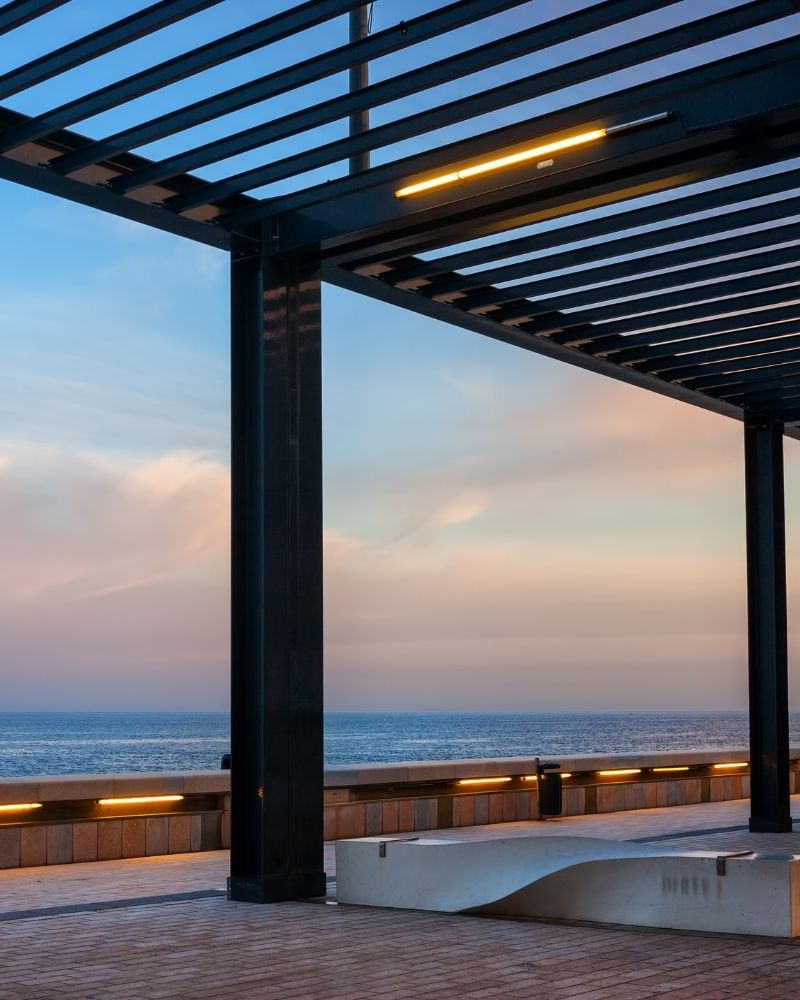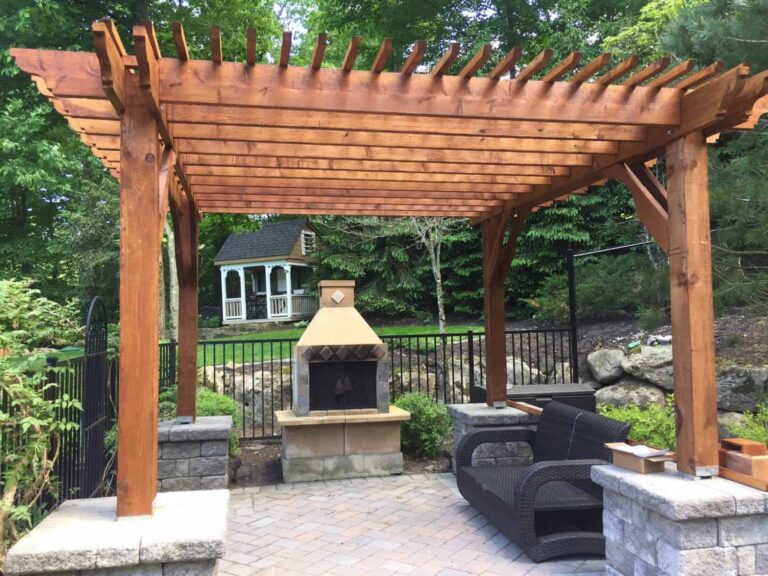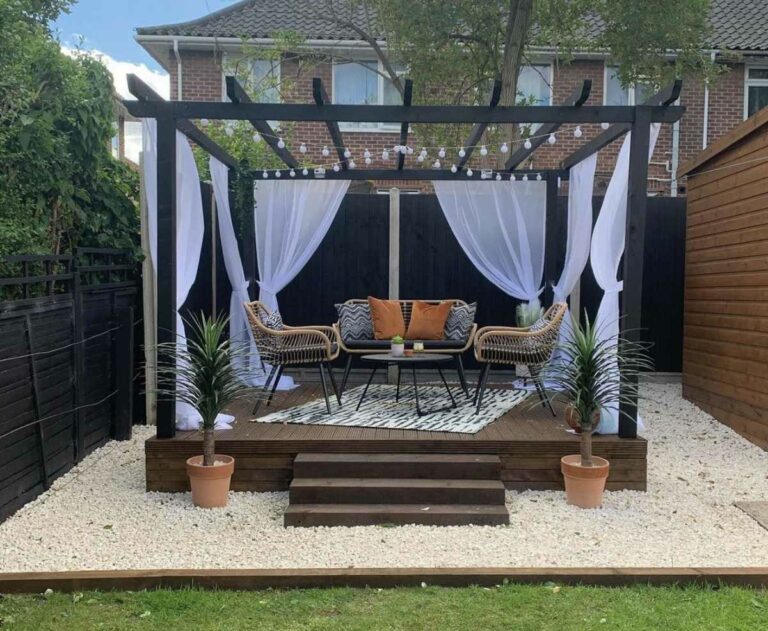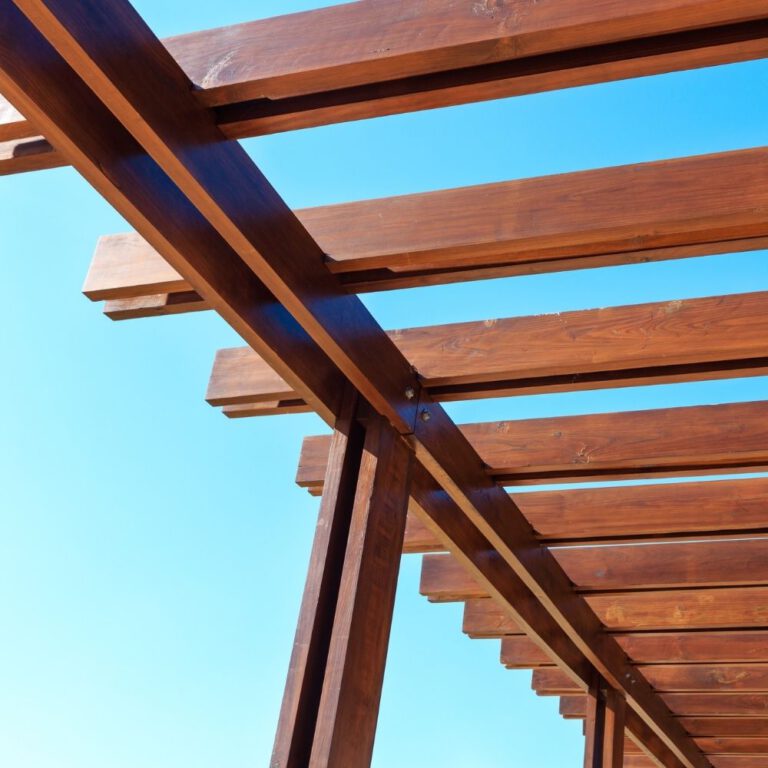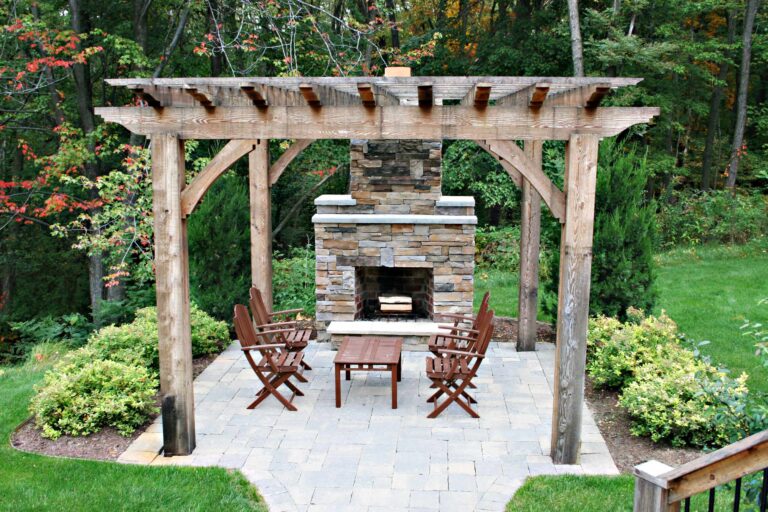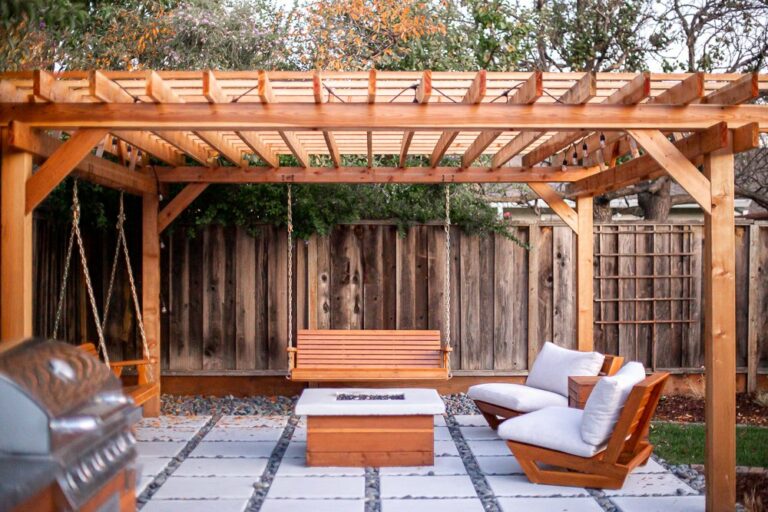Spotting the Signs: When Your Pergola Needs a Repair Expert
Pergolas are delightful structures that have been adorning gardens, terraces, and patios for centuries. Not only do they provide shade and a place to drape gorgeous vines and flowers, but they also lend an aesthetic appeal that can elevate the look of any outdoor space. However, like all architectural structures, pergolas are not immune to wear and tear. Knowing the signs of damage can save you from a potential safety hazard and ensure your pergola remains a beautiful and functional addition to your property for years to come.
1. Warped or Rotting Wood
One of the most common materials used for pergolas is wood. Over time, exposure to the elements can cause the wood to rot or warp. Check for soft spots, discoloration, or a musty smell—these are all indicators of wood that’s begun to decay. Warped boards may also compromise the structural integrity of the pergola, making it unsafe for use.
2. Rust on metal components
While rust is more commonly associated with metal pergolas, even wooden ones can have metal components like screws, bolts, and brackets. Rust not only looks unappealing, but it can also weaken the joints and attachments of your pergola. If you spot rust on any metal parts, it’s time to call in an expert.
3. Cracks or splits
Minor cracks in the wood or on the beams might seem inconsequential initially, but they can widen over time and pose a threat. They are also entry points for moisture, which can accelerate the rotting process. On stone or concrete pergolas, cracks can be indicative of foundational issues that need immediate attention.
4. Loose or missing components
If you notice any components of your pergola wobbling, or if anything seems to have come loose or gone missing, don’t dismiss it as a minor issue. These can be early signs that the pergola is not as stable as it should be.
5. Sagging or leaning
A pergola should stand tall and straight. If you notice any sagging of the cross-beams or if the entire structure seems to be leaning to one side, this is a clear indication that your pergola is facing structural problems. Immediate attention is needed to prevent a potential collapse.
6. Peeling paint or stains
While this might seem like a cosmetic issue, peeling paint or stains can be indicative of deeper issues like water damage or exposure to harsh weather conditions. Fresh paint or a stain can act as a protective layer, so when it starts to come off, the underlying material becomes more vulnerable.
7. Mold and mildew growth
Moist environments can lead to the growth of mold and mildew. Not only can these fungi compromise the material of your pergola, but they can also be harmful to your health. If you spot any signs of mold or mildew, it’s crucial to address them promptly.
Why you should avoid DIY repairs
It might be tempting to pull out your toolbox and attempt to fix the issues on your own, especially if they seem minor. However, here’s why you should think twice before doing so:
- Expertise: Repairing a pergola requires a specific skill set and understanding of its construction. An expert would know the best materials and techniques to use.
- Safety: If not repaired correctly, a pergola can become a safety hazard. Professionals have the necessary equipment and know-how to repair it safely.
- Longevity: A quick DIY fix might address the immediate issue, but it may not be a long-term solution. Hiring a professional ensures that the repair is durable and extends the life of your pergola.
Conclusion
Your pergola is more than just an aesthetic addition to your outdoor space; it’s an investment that deserves care and attention. By being proactive in spotting signs of damage and calling in a repair expert when needed, you can ensure that your pergola remains a cherished part of your garden or patio for years to come. Remember, when in doubt, it’s always better to err on the side of caution and consult a professional. Your pergola—and your peace of mind—will thank you for it.

